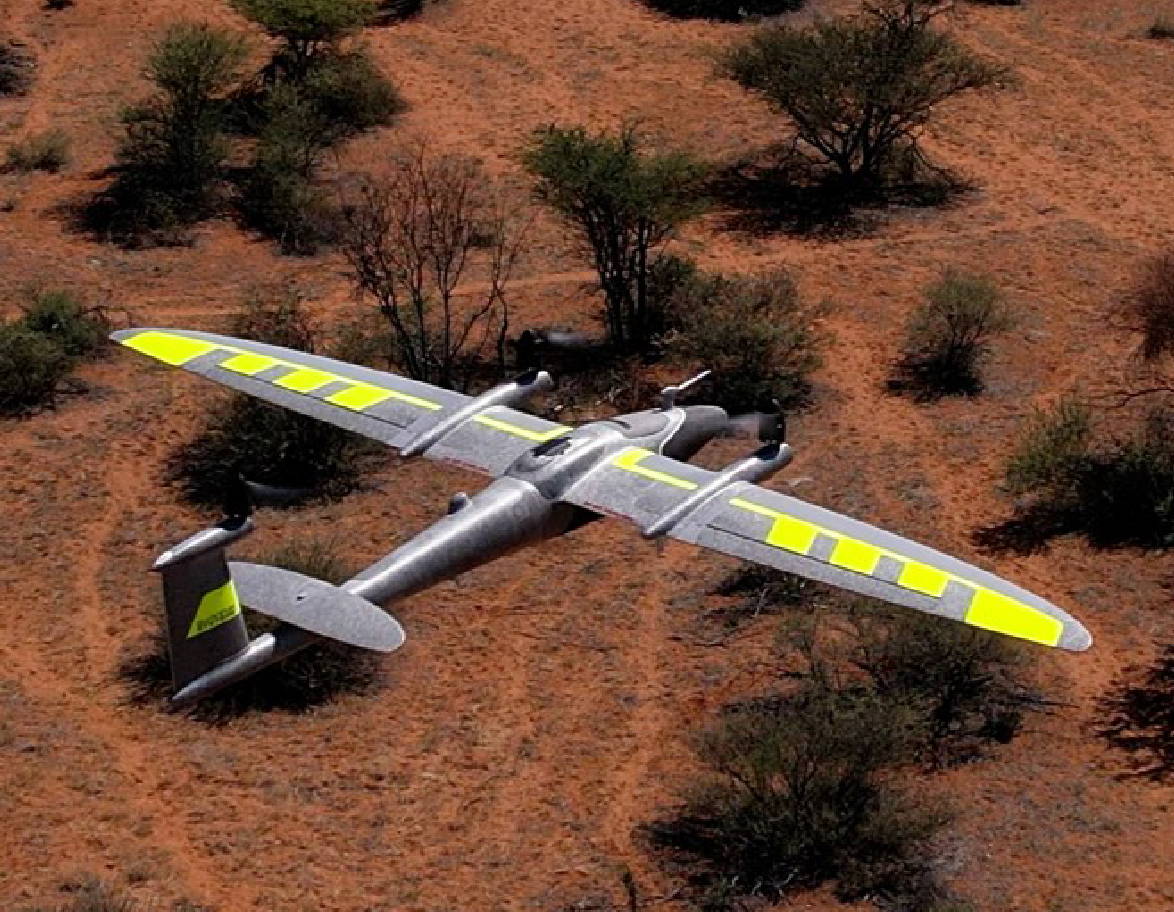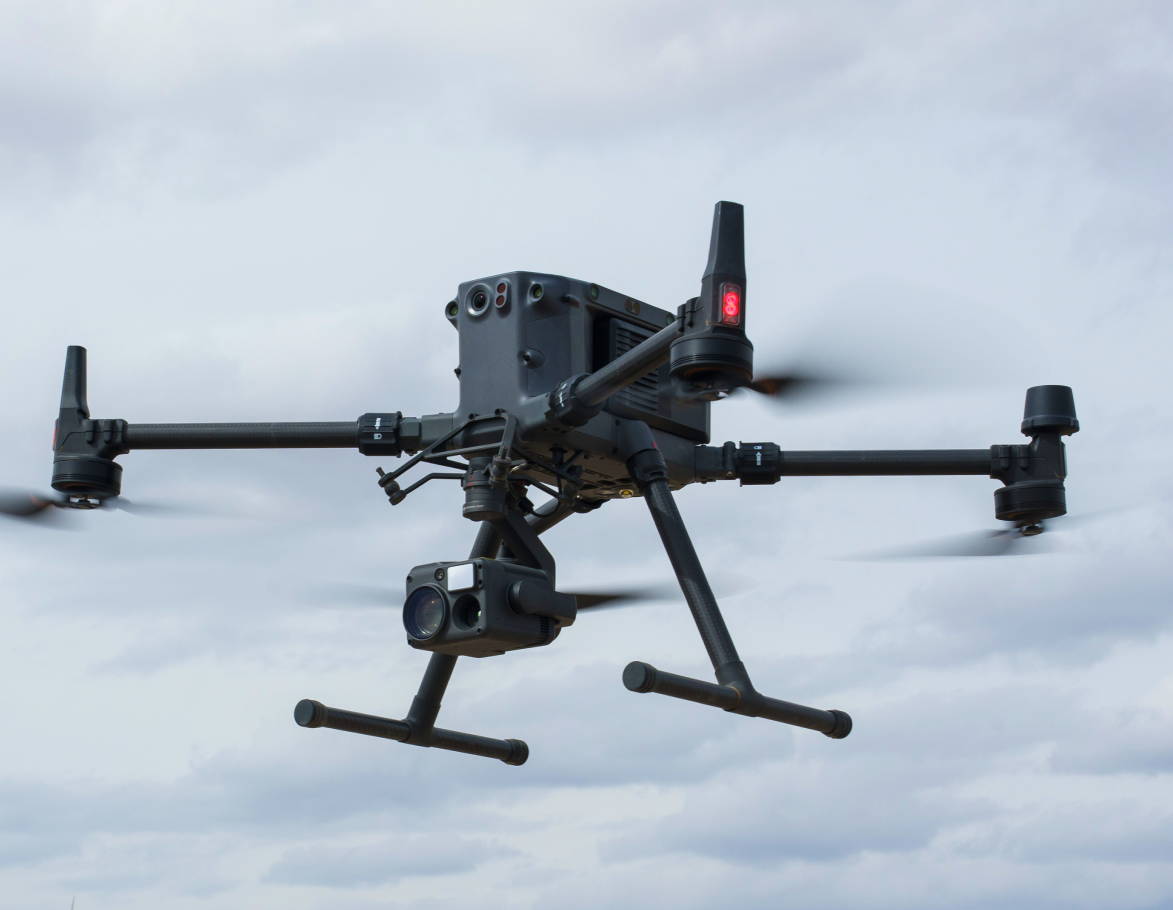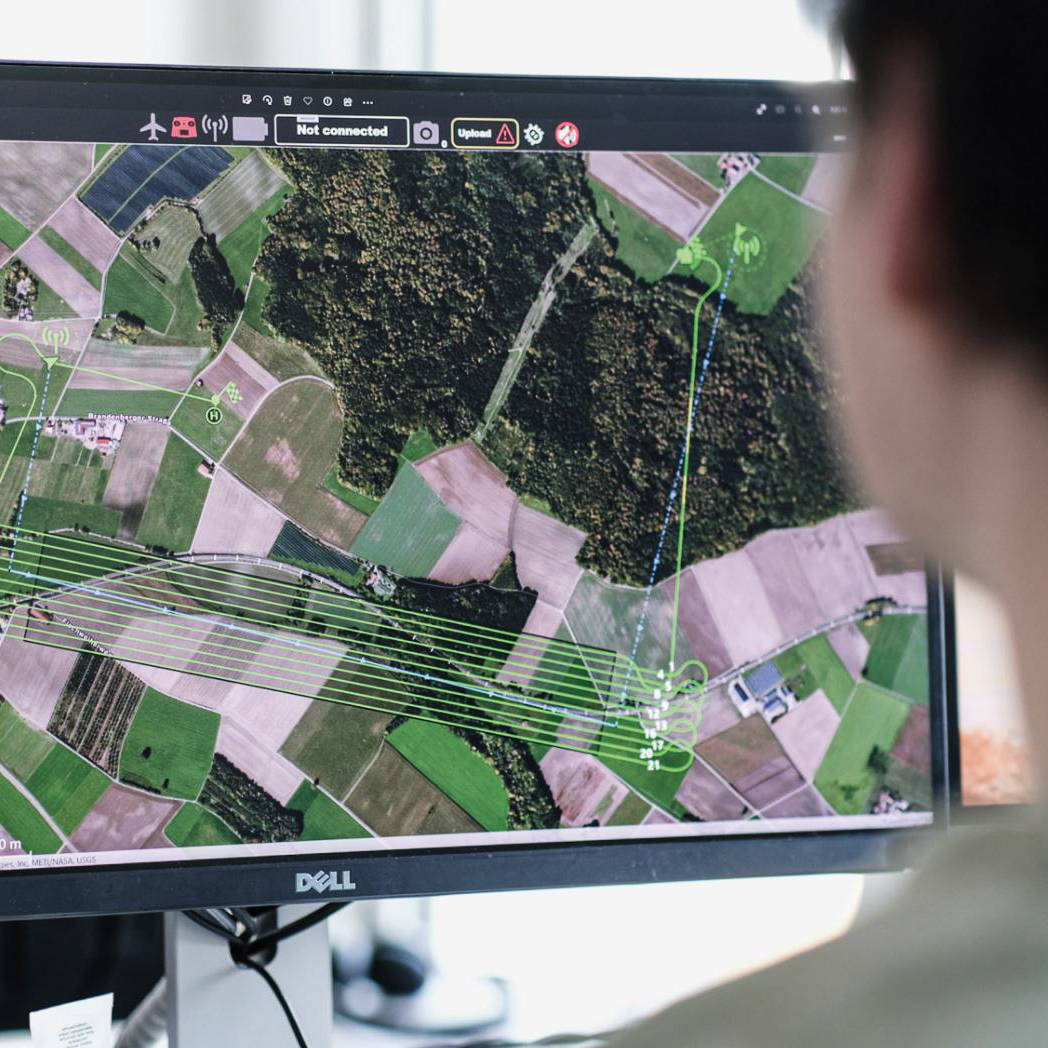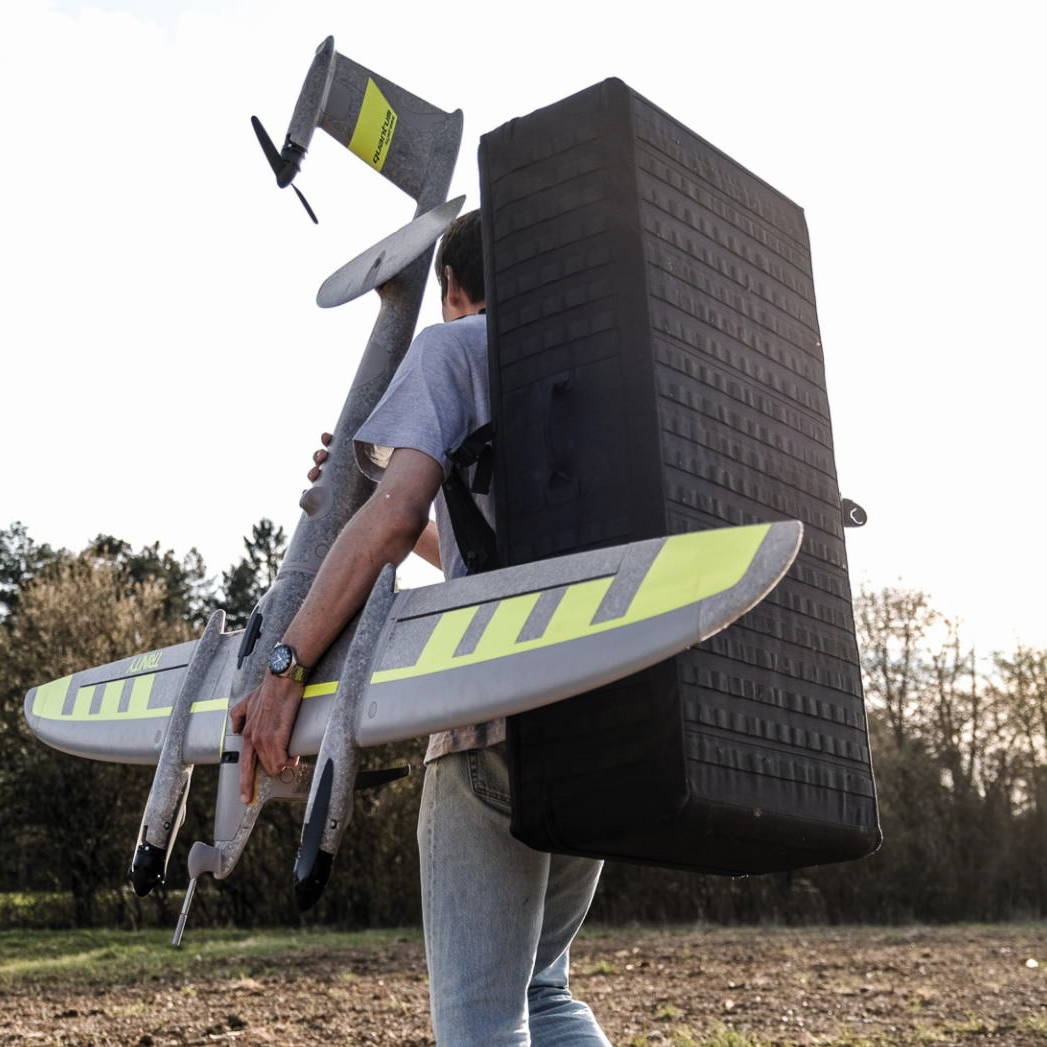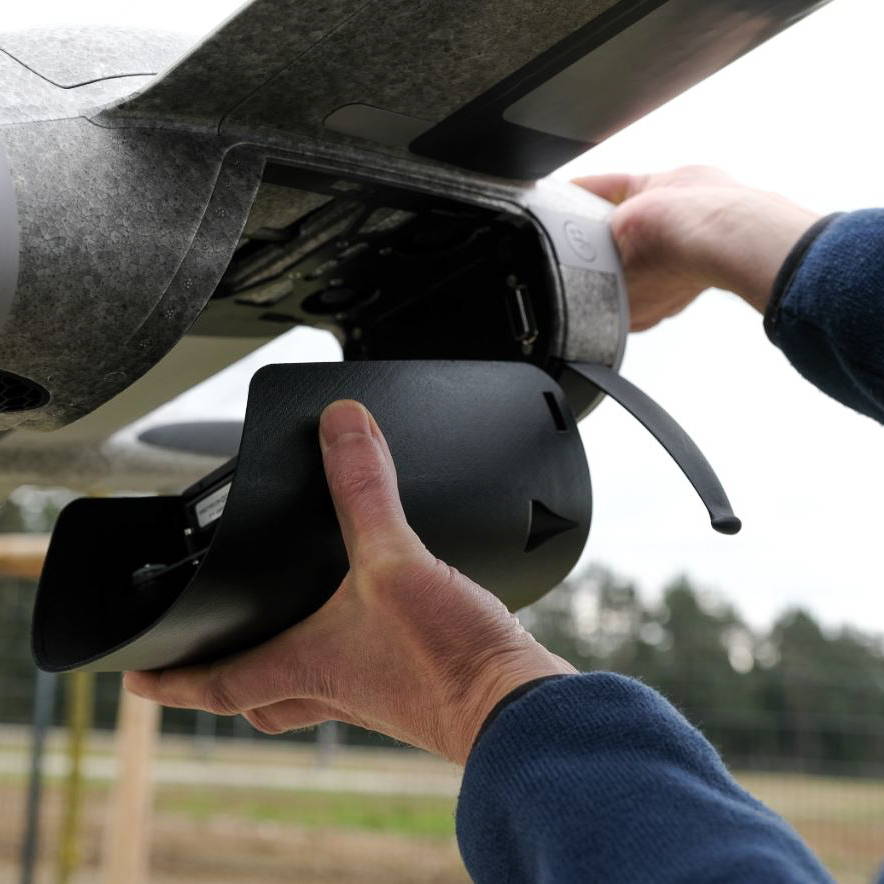Investing in a fixed-wing drone is a significant decision that requires careful consideration of various factors to ensure it meets your specific needs and project requirements. Below are key elements to evaluate before making a purchase:
1. Drone Specifications
• Flight Range and Endurance: Assess the drone's maximum flight range and endurance to ensure it can cover the necessary distances and duration for your operations.
• Payload Capacity: Determine the payload capacity to confirm it can carry the required sensors, cameras, or other equipment needed for your missions.
• Speed and Altitude: Consider the drone's maximum speed and operational altitude to match the requirements of your applications.
• Weather Resistance: Ensure the drone can withstand the environmental conditions it will be exposed to, such as wind, rain, or extreme temperatures.
2. Pricing and Budget
• Initial Cost: Compare prices across different models and brands to find a drone that fits your budget while meeting your specifications.
• Operational Costs: Factor in the cost of batteries, spare parts, and other consumables.
• Insurance: Investigate the cost and availability of insurance for the drone, especially if it will be used for commercial purposes.
3. Regulatory Compliance
• Local Regulations: Ensure the drone complies with local aviation regulations and obtain any necessary permits or licenses.
• Safety Standards: Verify that the drone meets industry safety standards and guidelines.
4. Technical Expertise and Training
• Ease of Operation: Evaluate the complexity of the drone’s operation and whether your team has the necessary technical skills.
• Training Requirements: Consider the availability and cost of training programs to ensure safe and efficient operation of the drone. Measur offers comprehensive customer support and
drone trainingto help you get started and stay proficient.
5. Maintenance and Support
• Ease of Maintenance: Assess how easy it is to maintain and repair the drone, including the availability of spare parts and repair services.
Look for manufacturers or suppliers that offer robust customer support, including technical assistance. Measur provides extensive
customer support to ensure your drone operates smoothly and efficiently.
6. Brand Reputation and Track Record
• Reputable Brands: Invest in drones from reputable brands with a proven track record in the industry. This can provide confidence in the quality and reliability of the product.
• User Reviews and Case Studies: Read user reviews and case studies to gather insights into the drone’s performance in real-world scenarios.
7. After-Sale Services
• Warranty: Check the warranty terms to understand what is covered and for how long.
• Software and Firmware Updates: Ensure the manufacturer provides regular updates to improve the drone’s performance and security.
By thoroughly evaluating these factors, you can make an informed decision and select a fixed-wing drone that best suits your operational needs and ensures a successful investment.

